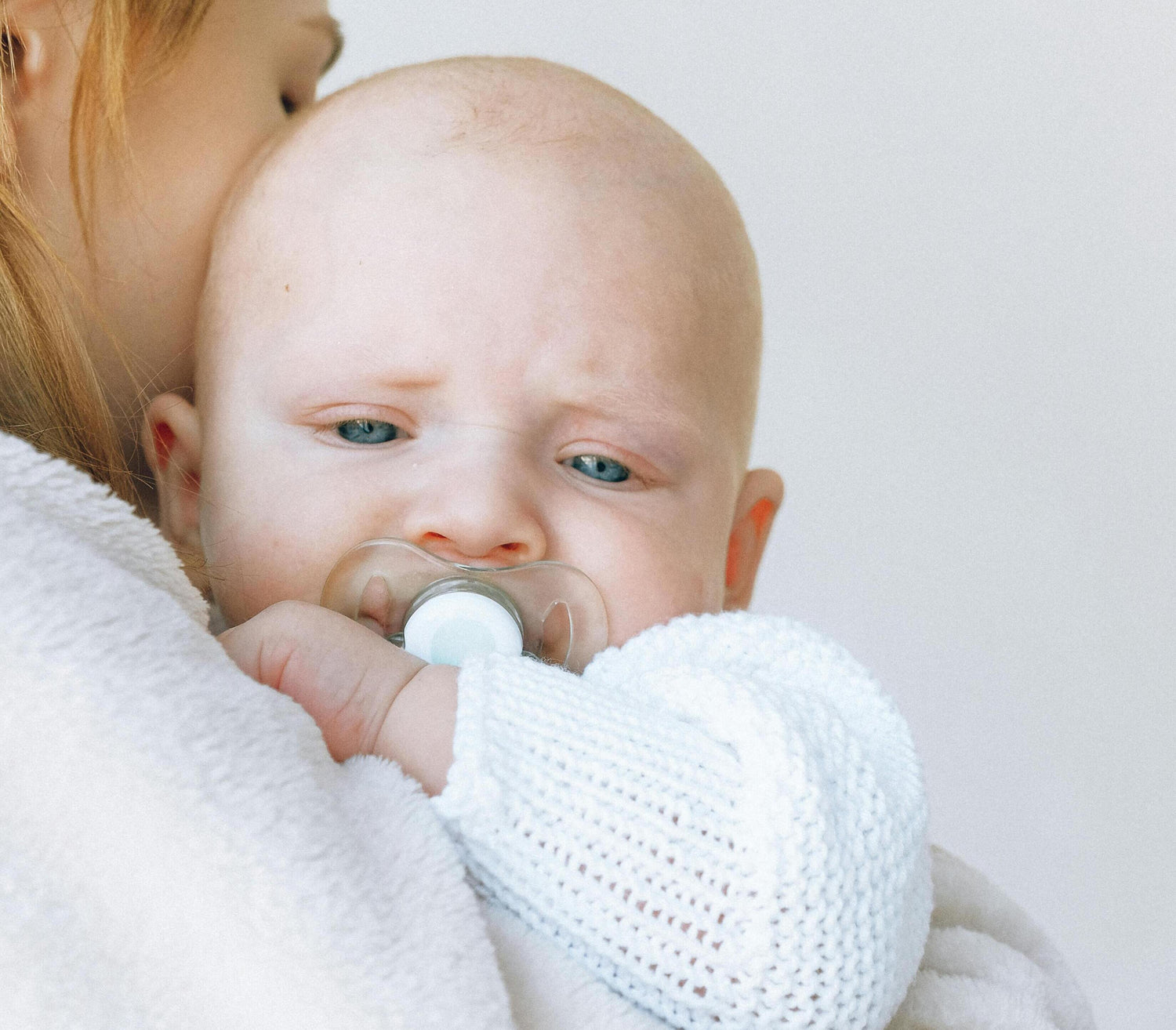Have you ever felt like you spend more time rocking and soothing than sleeping? Welcome to the club of parents whose little ones don't fall asleep on their own! No worries, we've been there, done that. In this article, we will discuss the reasons behind this phenomenon and share practical tips with you.
Why your baby won't fall asleep on his own
There may be several reasons why your baby has difficulty falling asleep on his own. We explain the most common reasons here.
Comfort and security
To be able to sleep well, it is important that your baby feels secure, so that it can "let go" and surrender to sleep. It may be that your baby does not feel this security (yet), and therefore does not feel safe to fall asleep on its own.
Development of sleep habits
Being able to fall asleep on his own is something most babies need to learn. And you can help him do that. It may take some time before your little one knows how to do it, and patience is essential here.
Sleep associations
Like adults, babies also have certain "things they do" before they leave for dreamland. These might include turning their head away, listening to a soothing sound or grabbing a cuddly toy when they are a little bigger. These are all associations that your child can 'control' on their own and allow them to sleep soundly. However, there are also "dependent" sleep associations, such as feeding them to sleep or rocking them to sleep. Then they need these factors all the time (and longer and longer) to fall asleep - and often even if they wake up briefly in between. Therefore, try to reduce these sleep associations so that your child can fall asleep on their own.
Tips for falling asleep on your own
But now the key question: how can you make sure that your little one does fall asleep on her own?
Here are some tips that can get you started.
Gradual transition
If your baby has become accustomed to certain dependent sleep associations, try gradually reducing them. For example, if your baby is used to falling asleep at your breast, try putting your baby to bed when he is still-just-not-asleep. And build this up further.
Routine and recognizability
Make bedtime a ritual you can both enjoy. For example, close the curtains, change clothes, put on a sleeping bag, cuddle for a while and then put your baby to bed with music.
This ritual does not have to be long, but it is important that you do the same thing every time - including daytime naps.
This way, going to bed becomes recognizable, your baby knows what is coming, and it feels safe and familiar.
A permanent place to sleep
Put your child to sleep in his own crib - even during the day. This will make this a familiar place for him that becomes recognizable and feels secure and safe. And that is exactly what he needs to surrender to sleep.
The PIKO helps
With the PIKO you can give your child a fixed bedtime routine and a fixed, secure place to sleep - wherever you are. This way you give your little one what he needs (routine, familiarity and a fixed sleeping place), but you also have the flexibility to let your child sleep somewhere else (for example, in the playpen or at grandpa's or grandma's).
If you want more information about the PIKO, check out our PIKOsleeper- specially developed by sleep coaches.
Still have questions? Then send us a message, you will always get an answer.
Sleep well, Francien (sleep coach and founder PIKO)





